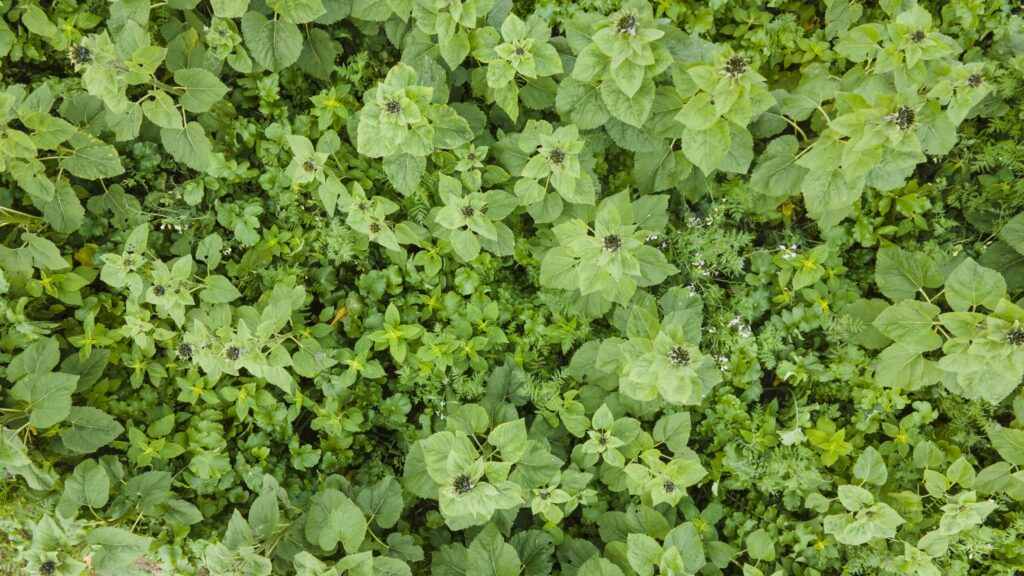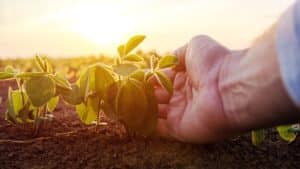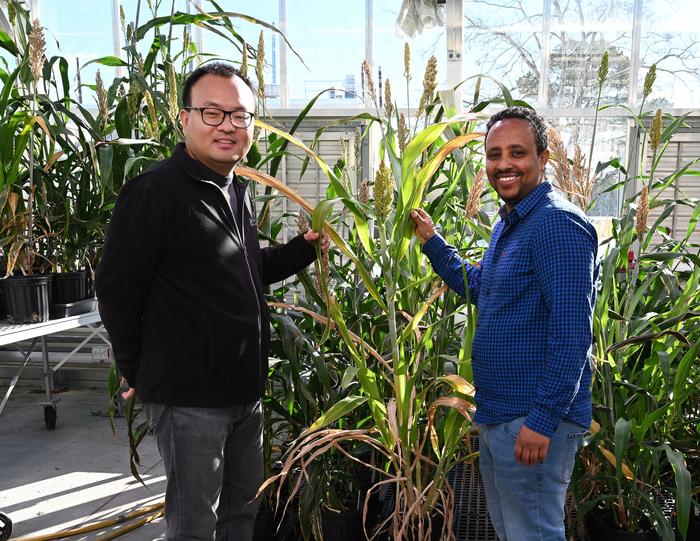In recent years, there has been growing interest in using service plants and cover crops in agriculture. These crops are not primarily cultivated for economic gain in the short term, which might make them seem less appealing from a purely economic standpoint. However, as seed companies, we must support the evolution of agriculture towards more sustainable food systems that balance environmental responsibility, food safety, and economic profitability to ensure the long-term viability of agricultural sectors.
We firmly believe that these agroecological considerations will increasingly influence the preservation and development of our agricultural activities. Consequently, we strive to offer farmers innovative, reliable, and profitable seed solutions. These solutions must be accompanied, explained, and integrated into crop rotations to best serve the genetic potential of cash crops.
So, service plants or cover crops? The answer is both — it’s simply a matter of scale. A cover crop is a planted crop grown during intercropping periods, typically not harvested that aims to cover the soil for various purposes. It is one of the applications made possible by service crops. However, service crops are not limited to soil cover; they offer numerous other uses. They can serve as companion plants when seeded in between the rows of the main crop or as ecosystem service crops when sown adjacent to the cash crop, along field borders, or interrow strips. Additionally, they can be cultivated as biomass production crops for animal feed or bioenergy purposes.
As a seed company, we focus on the genetic aspect, selecting varieties well-suited to specific uses and services. This translates into developing varieties capable of thriving under water restriction conditions and producing maximum biomass in minimal time.
Depending on the desired use, we select varieties that are highly susceptible to frost for natural frost-induced termination, or conversely, varieties resistant to cold to ensure vigorous growth after winter. We work on understanding photoperiodism to prevent premature flowering and seed set or enhance biomass production under short-day conditions.
We explore numerous species and varieties to identify useful genetic traits for specific purposes, such as repellent or attractive effects on pests or their beneficial predators. In addition to searching for parental lines with high levels of resistance to Aphanomyces root rot in peas, we develop service plants’ species and varieties that are resistant to prevent the pathogen’s spread.
Another area of research involves combating nematodes. Multiple approaches are employed, including selecting nematode-resistant cultivars, introducing non-host plants into crop rotations, or using cultivars rich in glucosinolates or dhurrines for biofumigation.
Regarding the improvement of service plants, a significant portion of our efforts is dedicated to developing and testing seed mix formulations, promoting their uses, and establishing technical protocols directly linked to crop rotations.
Simultaneously, we work on developing new simplified seeding techniques that offer cost and time savings during crop establishment, with a constant focus on rotation profitability.
We also play a supportive role in guiding farmers’ decision-making processes and approaches toward these new uses. For instance, when considering intercrop covers, in the past, covers were often planted “after” a cash crop to capture excess nutrients. Today, the emphasis is on cultivating a dedicated cover crop “before” the cash crop, allowing it to benefit from abiotic and biotic advantages (soil restoration, nutrient cycling, soil activity, input optimization, presence of beneficial organisms, management of pathogens and weeds, etc.). This concept plays a crucial role in the agriculture of tomorrow.









